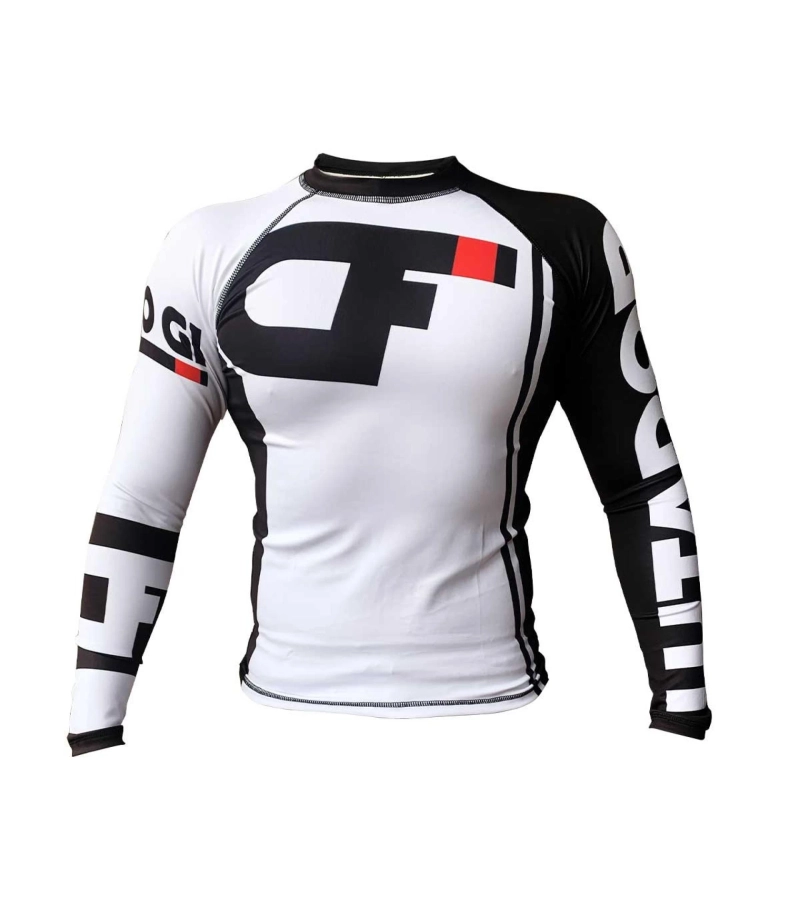In the world of Brazilian Jiu-Jitsu (BJJ) and grappling, the right gear can make a significant difference in your training experience. Among the essential pieces of equipment are no-gi rash guards, designed to provide protection, comfort, and performance enhancement during intense sessions. Whether you prefer a long sleeve rash guard or short sleeve rash guards, selecting the right one involves considering several factors to ensure optimal fit, durability, and functionality. In this comprehensive guide, we\'ll explore seven essential tips to help you choose the best no-gi rash guards for your needs.
1. Understand the Purpose
No-gi rash guards serve multiple purposes beyond simply covering your skin. They are designed to protect against mat burns, abrasions, and minor injuries that can occur during grappling sessions. Additionally, they offer moisture-wicking properties to keep you dry and comfortable by drawing sweat away from your body. Understanding these purposes will guide your selection process towards a rash guard that meets both protective and performance needs.
2. Material Matters
The material of the rash guard is crucial for its performance and durability. Most high-quality rash guards are made from a blend of polyester and spandex (or elastane). Polyester provides durability and helps in moisture management, while spandex offers stretch and flexibility. Look for rash guards with a higher percentage of spandex (around 10-20%) for better mobility and comfort during grappling movements.
3. Fit and Compression
Rash guards come in various fits, but one of the most popular choices for grappling is the compression fit. Compression rash guards offer several benefits, including muscle support, improved blood circulation, and reduced muscle fatigue. They also help in maintaining body temperature and preventing chafing during intense training. Ensure that the rash guard fits snugly without restricting movement, as this is essential for both comfort and performance.
4. Long Sleeve vs. Short Sleeve
Choosing between a long sleeve rash guard and short sleeve rash guards depends largely on personal preference and the training environment. Long sleeve rash guards provide more coverage and protection against mat burns and friction, making them ideal for cooler climates or intensive ground work. On the other hand, short sleeve rash guards offer better ventilation and are suitable for warmer conditions or when you prefer less coverage on your arms.
5. Durability and Construction
Given the rigorous nature of grappling sports, durability is paramount when selecting a rash guard. Look for features such as reinforced stitching and high-quality materials that can withstand the wear and tear of regular training sessions. Double-stitched seams and flatlock stitching are indicators of robust construction that prevents tearing and ensures longevity.
6. Moisture-Wicking and Breathability
Effective moisture-wicking properties are essential in a rash guard to keep you dry and comfortable throughout your training. Look for rash guards that are designed to wick sweat away from the skin and allow for quick evaporation. Breathable materials and strategic ventilation panels (often found under the arms or along the sides) enhance airflow and help regulate body temperature during intense workouts.
7. Brand Reputation and Reviews
When choosing a rash guard, consider purchasing from reputable brands known for their quality and performance in grappling gear. Brands like Hayabusa, Tatami Fightwear, Venum, and Scramble have established themselves as leaders in the industry and are trusted by professional athletes and practitioners worldwide. Reading customer reviews and testimonials can also provide valuable insights into the fit, durability, and overall satisfaction with specific rash guard models.
Conclusion
Choosing the right no gi rash guards involves balancing protection, comfort, and performance-enhancing features tailored to your specific needs and training environment. By understanding the purpose of the rash guard, evaluating materials and construction, considering fit and compression, and factoring in moisture-wicking properties and brand reputation, you can make an informed decision that enhances your grappling experience. Whether you opt for a long sleeve rash guard or prefer the ventilation of short sleeve rash guards, prioritize quality and functionality to maximize your training sessions and ensure long-term durability of your gear.



